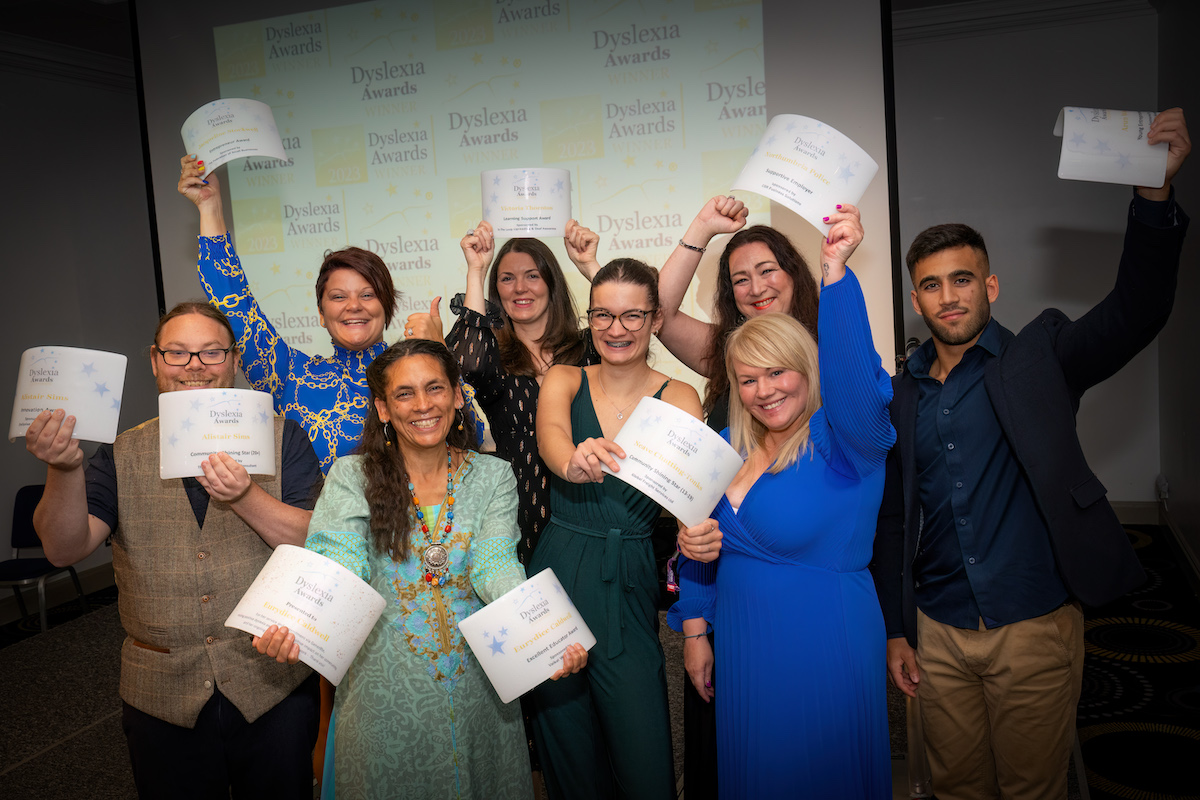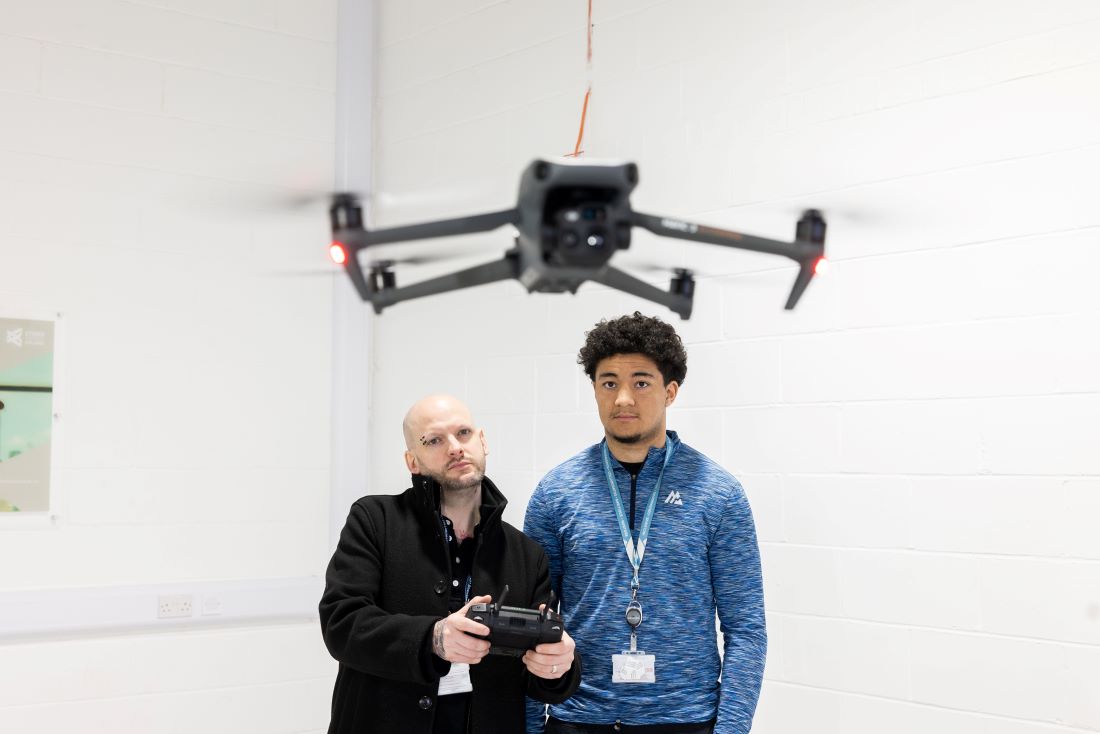What’s next for researcher career planning?

It is now widely recognised that doctoral and postdoctoral research programmes encompass not only a diverse range of participants, but also a cornucopia of potential outcomes. The stereotype of the monk-like researcher whose sole focus is an academic career is perhaps not so prevalent today as a result. And in some cases, an academic career might be the least likely of these potential outcomes, as researchers go on to deploy their skills in broader education and industry settings. Consequently, preparing researchers for a range of post-programme trajectories has become common practice in universities and their faculties and schools.
The importance of the development plan
This preparation ideally starts at the beginning of a research programme, with reflection and planning. Analysing the results of a 2005 survey of 7,500 US postdoctoral researchers, Geoff Davis notes that: ‘The results are striking: Postdocs reporting the greatest amount of structured oversight and formal training are much more likely to say they are satisfied, to give their advisors high ratings, and to be more productive.’ Of all the factors surveyed, ‘only one’ contributed to every success measure outlined in the analysis: ‘whether the postdoc and his or her advisor put together a plan at the beginning of the appointment’.1
Our understanding of the nature of the plan that a researcher and their supervisor or advisor should produce has become clearer since Davis’s observations. In a report entitled Strengthening the Role of Training Needs Analysis in Doctoral Training, published in 2022, Elizabeth Adams and Joanne Neary conclude that such plans should incorporate consideration of the requirements of the research programme plus preparation for whatever comes after:
A robust development needs analysis process is of critical importance […] in terms of enabling the supervisor and student to identify gaps in knowledge and skills required to fulfil their PhD requirements, but also to ensure the student cohort are ready for their post-PhD careers.2
Their conclusions resonate with Davis’s analysis, and in the UK, the ‘Development Needs Analysis’ (DNA) has become embedded in the practice of funding and training researchers, to the extent that completing a reflection and planning exercise is compulsory for funded researchers across many programmes funded by the UK’s Research Councils.
Technology for planning
Another indicator of the increased importance of development planning is the establishment of technological platforms to support the planning process. In the US, for instance, cross-institutional tools such as MyIDP for STEM researchers and ImaginePhD for Humanities researchers have been developed and launched through collaborative projects involving multiple partners. These tools (and similar projects elsewhere such as Prosper in the UK) offer researchers a standardised route into reflection and planning of the type which will help them consider eventual career outcomes and the steps they need to take to get there, inviting them to develop their ‘game plan’3 and execute it.
The counterparts to these national-level tools are more localised development planning tools, most often taking the form of paper pro forma and online webforms, provided by university departments and schools, usually alongside a training and development programme and associated resources. These tools are normally tied to institution-specific programme progression requirements. That is, in order to progress through your research programme, you must make a form submission and complete your Individual Development Plan (IDP – in the US) or Development Needs Analysis (DNA – in the UK).
In and out of context
These two approaches – national and local – have their advantages and disadvantages. Where completion of a ‘local’ IDP is mandatory, the university can wield a policy ‘stick’ to ensure planning is integrated into the beginning of programmes, and can track form submissions to measure completion statistics. Local tools also benefit from being situated in the context of their institution, employing the institution’s terminology, making the links between professional development and the local institutional context clearer. As part of this, they may refer to the specifics of that institution’s training offering or other opportunities to address skills gaps highlighted during the planning process.
But these advantages may also become disadvantages: an IDP completed when immersed in a university setting might not be transferable outside it, to a broader professional context. And if IDP completion is obligatory (and no completion equals no progression), it risks a potential perception problem: researchers might begin to perceive the planning exercise as something contrived for the benefit of their institution and its policy indicators rather than conceived for the individual researcher and their lifelong professional development.
The ‘national’ IDP platforms such as MyIDP and ImaginePhD establish a different type of dynamic with researchers. The profiles researchers create and the plans they produce are not tied to any specific university: they are persistent and remain accessible regardless of the career stage of the user. The plans and goals a researcher sets while using them transcend the specifics of the institutional contexts in which they find themselves.
Again, the advantages of this approach are also disadvantages: these platforms lack the institutional policy ‘stick’ which compels researchers to conducts their planning at the beginning, and if researchers engage with them too late, they risk becoming exercises more focused on job outcomes than on the process of becoming a more proficient professional. They are also not linked to a researcher’s local institutional context, and (of course!) were not designed to be. So, their suggestions for next steps and activities for researchers to pursue naturally and understandably may not include activities and opportunities occurring close to them.
The best of both worlds
The challenge, therefore, is to apply a MyIDP and ImaginePhD national way of thinking at local level. If we were to take the best aspects of the national and local approaches and incorporate them together in a technology-based approach, researchers would ideally be:
- Encouraged to start early on their planning, and to iterate their plan as they progress;
- Able to build a lifelong, persistent profile of their continual development;
- Focused on professional development as well as career outcomes;
- Encouraged by institutional policy (with their engagement tracked), but clear that the exercise is primarily for their personal benefit;
- Able to access local and generic opportunities and events relevant to the path they have identified via the planning process.
No time like the present
When working with universities in the UK, Australia and the USA, I have encountered many different approaches to developing researchers’ professional profiles and careers. They all share a common goal, however: to help their researchers shape themselves into flexible, resilient professionals ready to deploy their singular skills and research knowhow to make a difference in a range of career contexts.
They acknowledge that, as Adams and Neary put it, career planning for researchers is ‘A continuous process that is student-centred, promotes engagement with and reflection on a range of research and professional development opportunities and enables the student to be aware of their own skill sets.’ At Inkpath we have worked with universities and researchers to produce an always-evolving platform which aims to provide the best of both worlds as explored.
Together, we aim to inspire researchers to think about their development early, and to start shaping their approach to the opportunities around them as soon as they begin their programmes. This way, researchers can put themselves in the best possible position for whatever their next step will be, whether they stay on an academic trajectory, or go beyond it.
By John Miles, Founder and CEO of Inkpath.












Responses